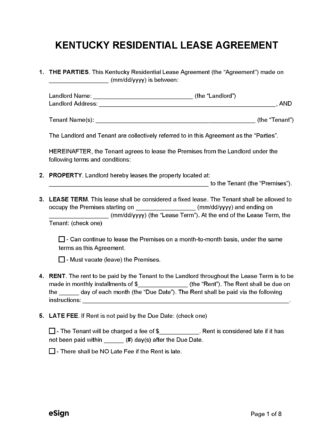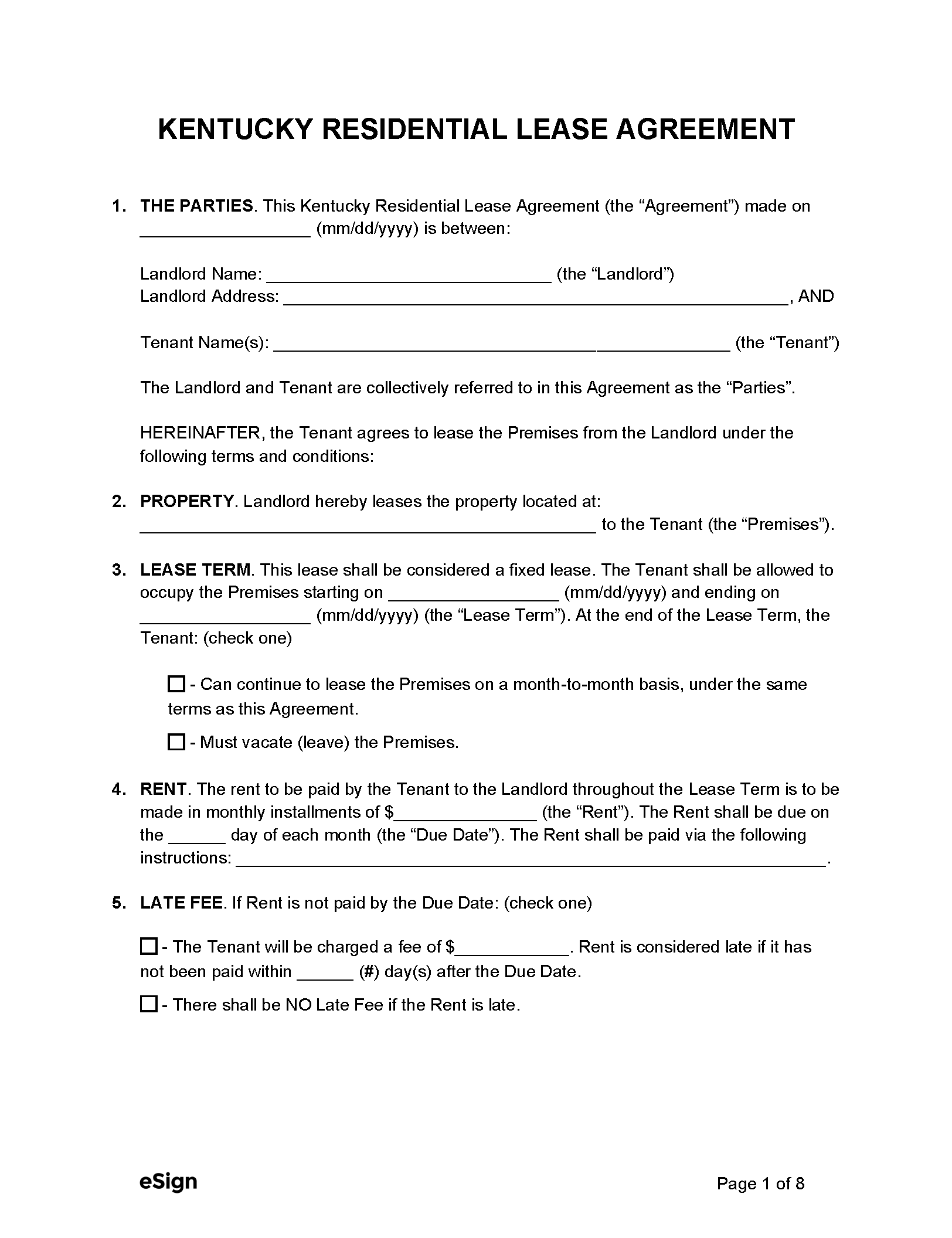Required Disclosures (4)
- Manager and Owner Disclosure – The landlord must give the tenant a document that discloses the identity and address of the property manager and the owner or any agent of the owner authorized to receive and issue notices and demands.[1]
- Lead-Based Paint Disclosure (PDF) – For rental properties built before 1978, the landlord and tenant must sign a disclosure that addresses whether lead-based paint exists on the premises.[2]
- Move-in/Move-out Condition Checklist (PDF) – If the tenant pays a security deposit, the landlord must inspect the property, note any needed repairs in a written report, and give the tenant a chance to confirm the information before the move-in date.[3]
- Security Deposit Disclosure – If a security deposit is collected, it must be kept in a separate bank account, and the landlord must disclose the bank’s name and the account details to the tenant.[4]
Security Deposits
- Maximum Amount ($) – No statutory limit.
- Returning to Tenant – Tenants must request their deposit within 30 days if they still owe rent or within 60 days if no rent is owed.[5]
Rent Grace Period
Unlike some states, there is no grace period in Kentucky. Rent is considered late if it’s not paid on the due date specified in the lease.[6]
Landlord Resources
- Uniform Residential Landlord and Tenant Act – KRS §§ 383.500 – 383.715
- Handbook (Guide) – Kentucky Landlord Tenant Guide

